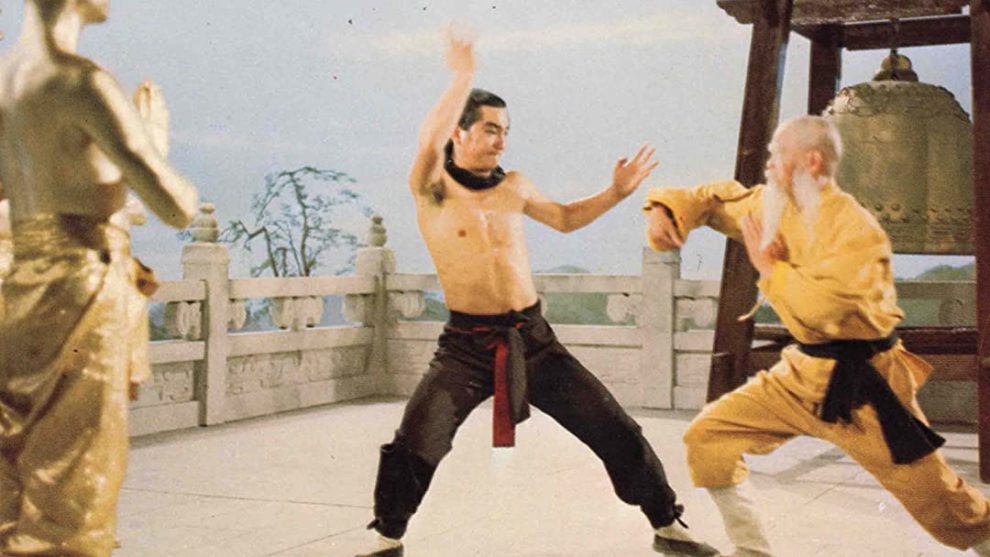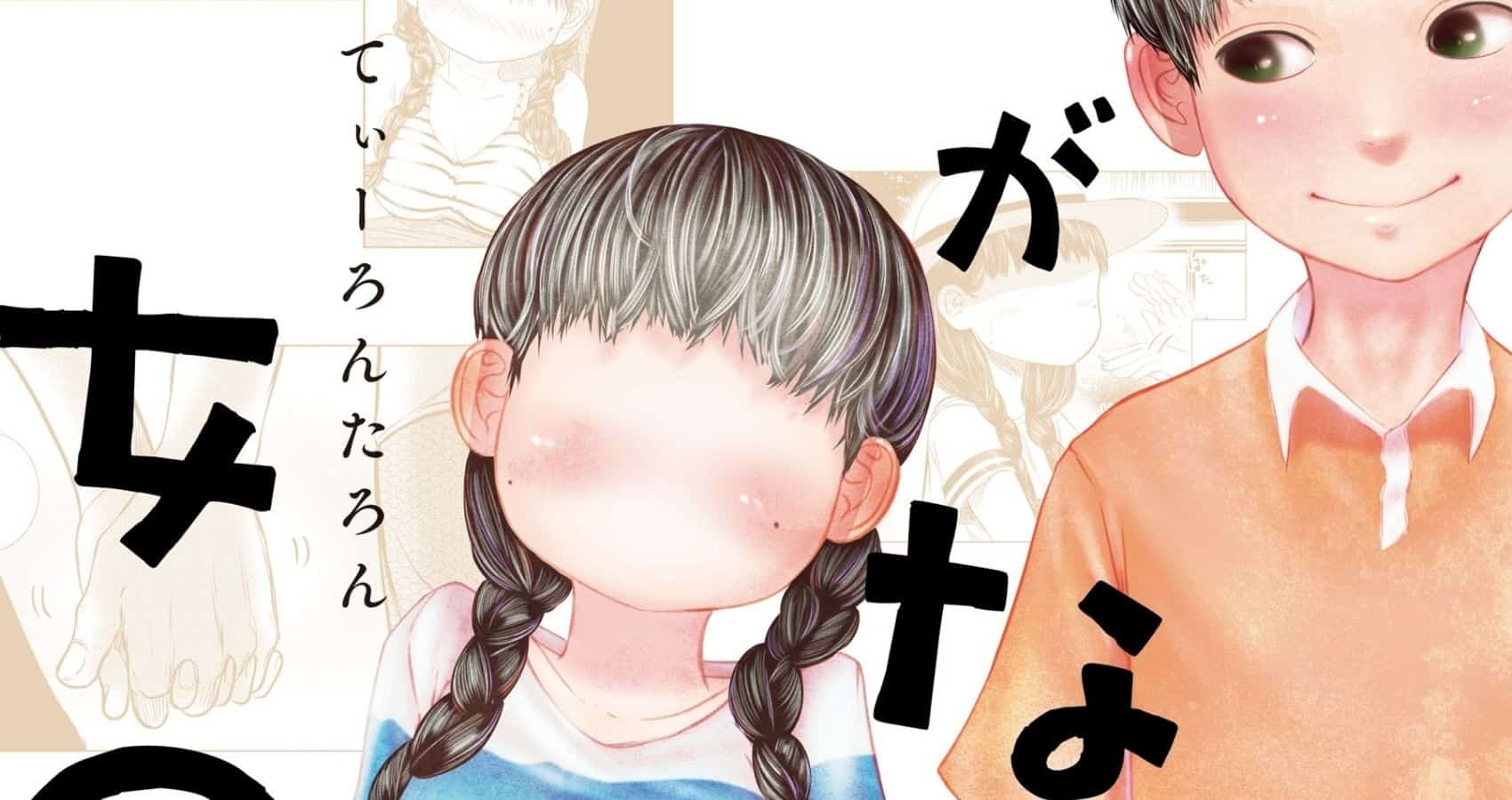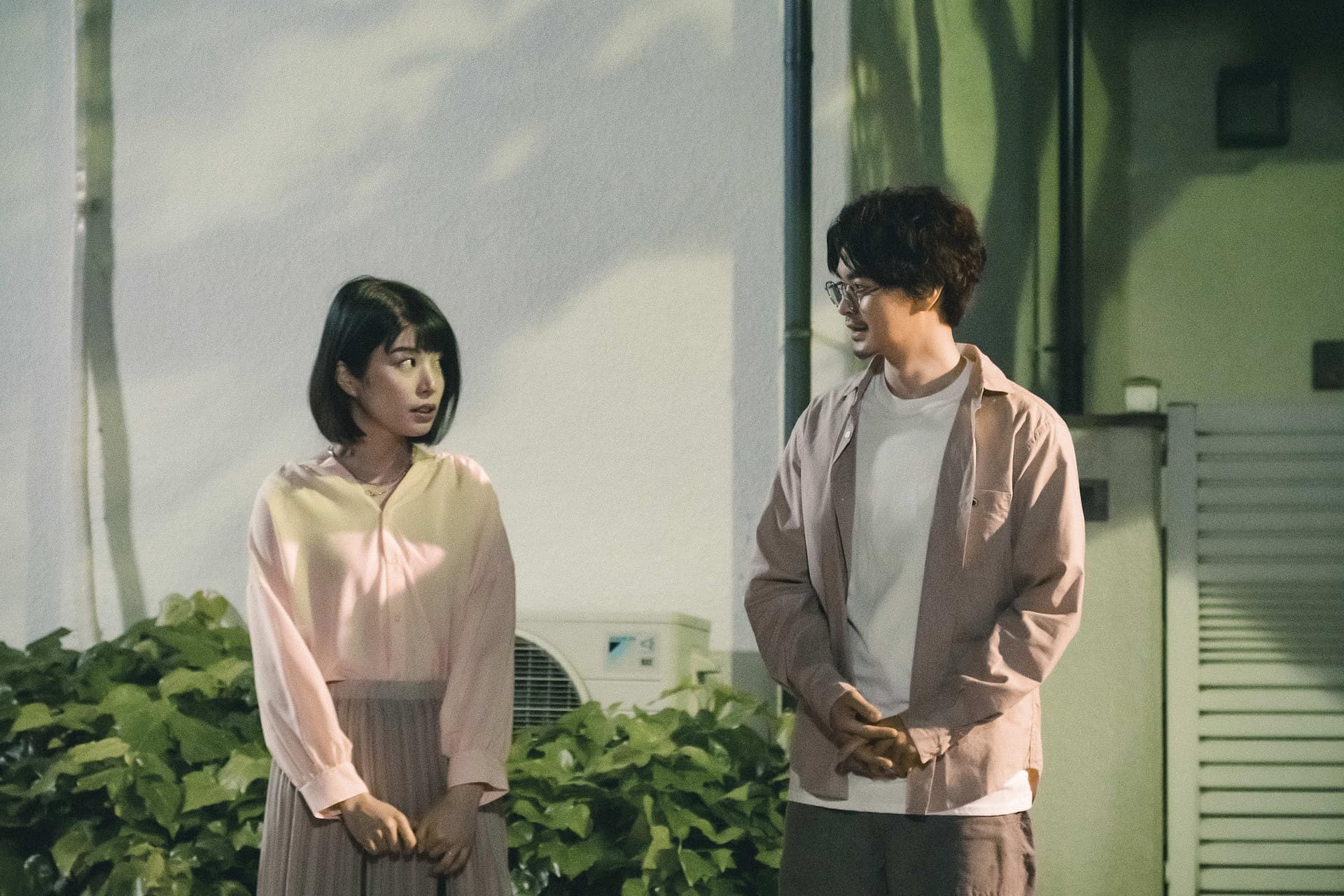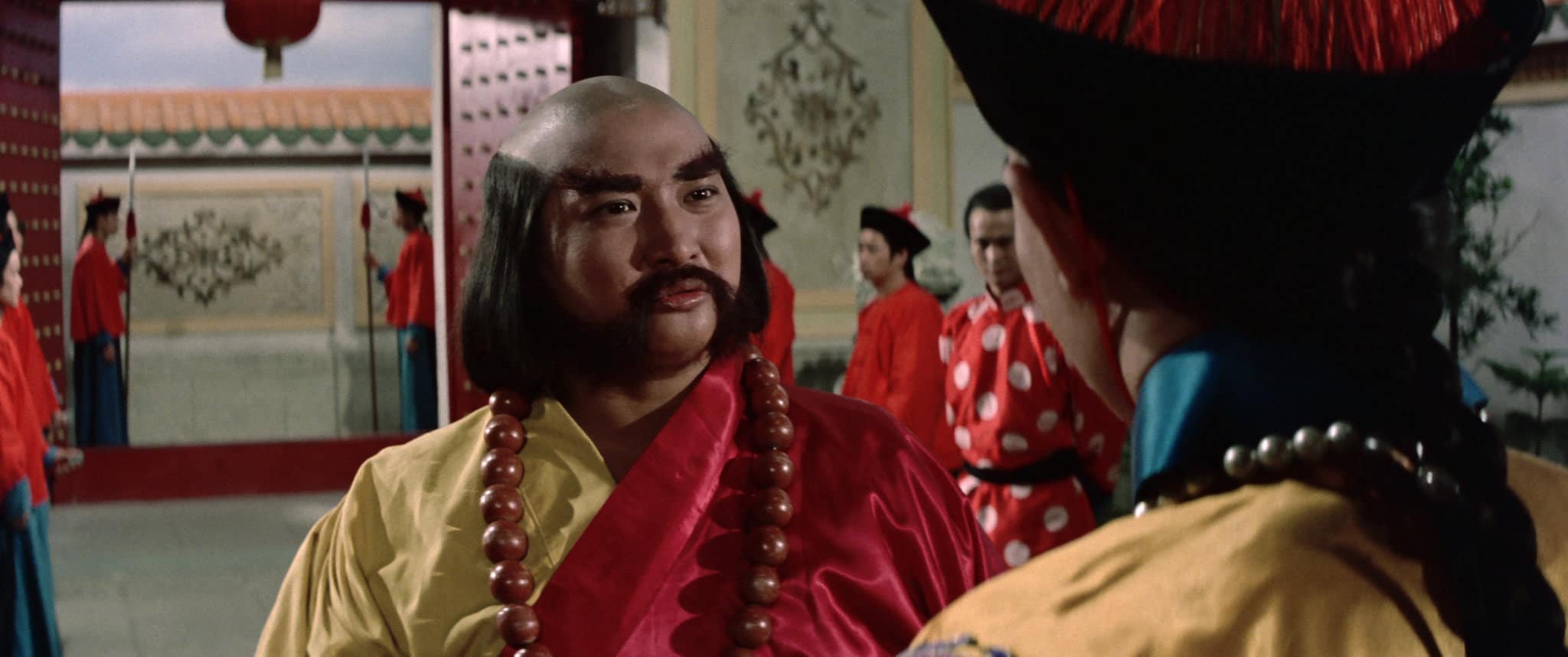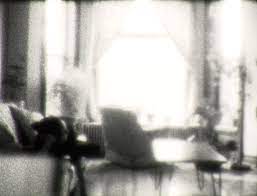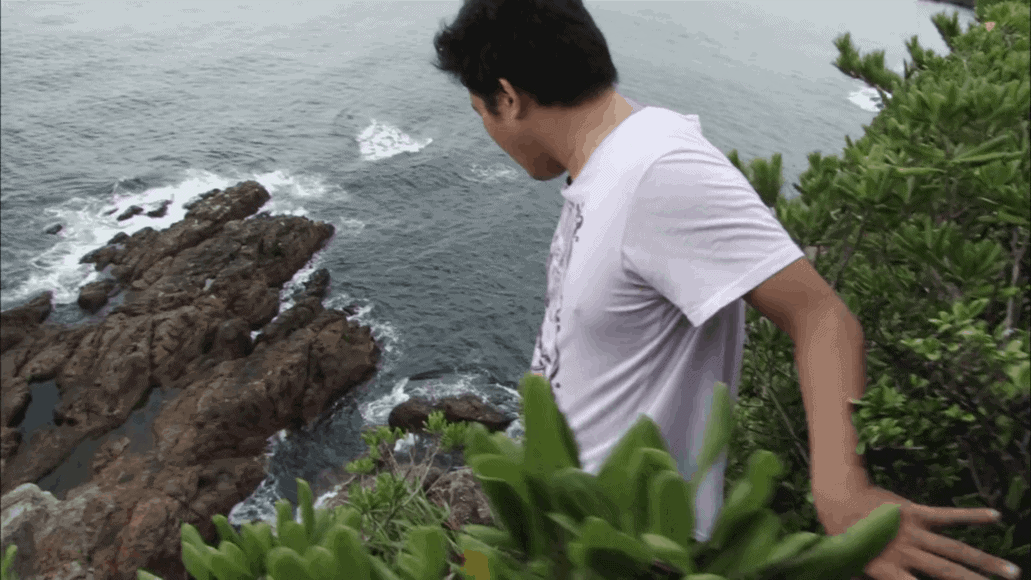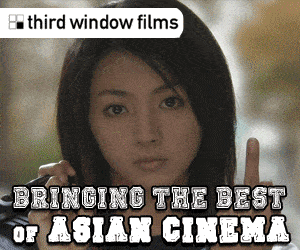Within the history of martial arts cinema, the art of fighting serves two ideas. While it obviously is a source of entertainment and a show of skill, there is also the idea of the body being a kind of vessel of resistance against outside forces. Popular actors who have defined the genre such as Jackie Chan, Jet Li or Bruce Lee nearly always fought against waves of enemies, quite literally their way up to the ladder of a hierarchy whose leader defined his reign with terror, repression and a total control over the body. Going back within the genre, we have movies such as “The Best of Shaolin Kung Fu” directed by Jen-Tao Chang and Shao-Peng Chen, who also has a small part, which is not only a great genre piece, but also a reflection of the kind of power struggles of the time it portrays, with the body being a symbol for the resistance against repression and a rigid hierarchy.
After the death of the last Han emperor, Prince Chien Lung (Ying Bai) has become emperor, protected by his loyal bodyguards and a regime defined by strict rules and repression. However, his reign Is threatened by the existence of a document proving that Koo Lung (Cliff Lok) is his brother and both of them come from Han Chinese heritage. As he travels through the country in search for the document, a group of resistance fighters led by Koo Lung manage to capture the emperor, demanding he should reinstate the Han dynasty as leaders of China.
Realizing the opportunity he has been given, Chine Lung proposes a deal: he will obey the demands of the group if he is given proof of Koo Lung's relationship to him. However, the document containing the necessary information is kept inside a heavily guarded monastery, with the Shaolin monks being some of the best fighters in the country. In order to even have a talk with the abbot, Koo Lung has to fight his way through the ranks of the monks.
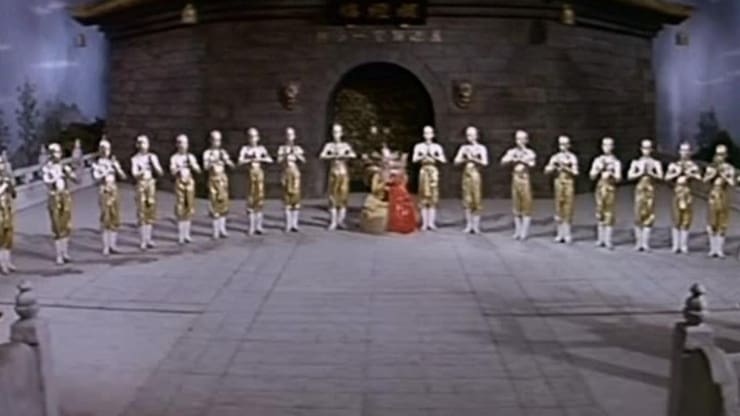
While the story of “The Best of Shaolin Kung Fu” is set in ancient China, the movie was filmed in Taiwan whose temples serve as an imposing backdrop to a feature dealing with power struggles, hierarchies and martial arts as a form of resistance. In order to highlight the symbiosis of the art of fighting with someone's identity, the movie begins with a long sequence showing Koo Lung as well as the emperor's bodyguard training in various locations, all of which set in nature, emphasizing their skill but also their inner equilibrium. Although the body is turned into a formidable weapon through training, it is a misconception that this is all there is to it, since fighting for these men seems to a way of gaining a balance with their surroundings.
At the same time, this balance is disrupted with the current reign of Chien Lung, a ruler defined by decadence, arrogance and a certain kind of opportunism which makes him seem above mundane traditions. Power is manifested by control over the body, such as his loyal bodyguards, but also by using others, like Koo Lung, to get what he wants without them questioning the honesty of their false promises. For a character like Koo Lung fighting is both a way to overcome certain hurdles and foes, but also to gain knowledge and possibly to re-instate that idea of balance. The fluidity of the actions scenes, as well as the wirework in some sequences, emphasize this concept of gaining power and knowledge, which may support this return to a state of harmony, which we have seen at the beginning.
“The Best of Shaolin Kung Fu” is an impressive entry into the martial arts genre. Technically quite well-executed and filled with interesting aspects Jen-Tao Chang and Shao-Peng Chen demonstrate the richness of the genre as a metaphor for resistance.


